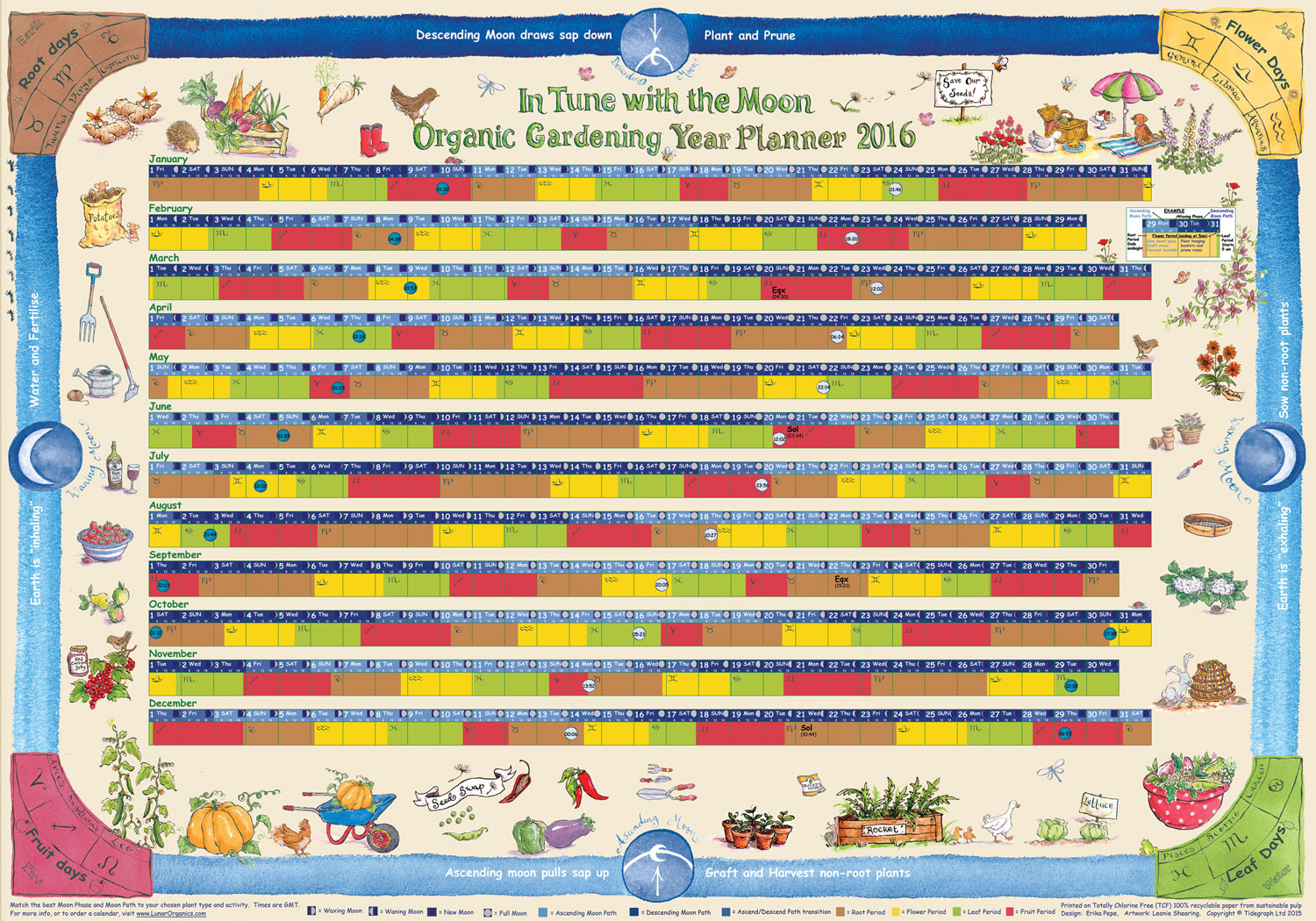…that which withers in the age of mechanical reproduction is the aura of the work of art. — Walter Benjamin
By now most people have heard of “natural wine.” The moniker “natural wine” has solicited (and continues to solicite) more debate then just about any other wine topic of today. “Raw wine,” “low-interventionist wine,” “naked wine”…… we continue to try to clarify what it is that defines these wines. Obviously, a brief search online will show there are various schools-of-thought regarding what designates a “natural wine” — VinNatur allows up to 50mg/l of SO2 in what they see as “natural” wines, while Les Vins S.A.I.N.S (Sans Aucun Intrant Ni Sulfite – “without any input or sulfur”) allows no additives whatsoever, yet tolerates gross filtration — all tangible specifications that can be verified. But how about we speak of wine in a not-so-objective manner? Much like that aura that Benjamin mentions above, I believe we can think about wine (and food, for that matter) with the same critique.
The aura is an effect of a work of art being uniquely present in time and space. It is connected to the idea of authenticity.
So how does wine express “authenticity”? How does it present itself uniquely in time and space? Better yet, how do we differentiate an “original” wine from a “reproduced” wine?
Let’s list a few tangible attributes of an authentic wine:
- Vineyards farmed organically and/or Biodynamically and hand harvested
- Indigenous yeasts — no cultured/laboratory yeasts
- Little to no use of SO2
- Unfined and no microbial filtration
- No use of additives such as pH adjusters, tannin, or colouring
- No enzymes
- No “heavy-manipulation” such as reverse osmosis, cryo-extraction, spinning cone, etc…
Easy enough to corroborate in a wine, right? But what about the intangible aspects — much like that aura that Benjamin speaks of in a work of art, there are attributes to a wine that can not be graphed or analyzed in a lab. The first things that come to mind (and the most often scoffed at) are the various biodynamic “rituals,” of sort, that can give wine immense vitality — a couple practices being the use of biodynamic “preparations” and the use of a biodynamic lunar calendar to determine when to harvest, bottle, and even drink.
In addition to the more codified biodynamic techniques, one can find a myriad of other personal rituals used in the making of these wines. The playing of music in both the vineyards and in the cellar is a fine example. I know of winemakers that believe their presence in the vineyard — the fact that they project love and care — is critical for a vital wine!
If you have a difficult time stomaching all this metaphysical hoodoo voodoo, think about home cooking. Does a Stouffer’s frozen meatloaf ever compare with your mother’s? Granted, quality of ingredients no doubt plays a role, but there is still the “made-with-love” factor (heard so often on cooking competition TV shows) that gives authentic food an aura.
As a coda I offer this short tale:
A fellow scientist once came to the home of Nobel Prize–winning physicist Niels Bohr and, having noticed a horseshoe hung above the entrance, asked incredulously if the professor believed horseshoes brought good luck. “No,” Bohr replied, “but I am told that they bring luck even to those who do not believe in them.”

Thankyou for your words about energy and aura of our work I was thinking to be the only one thinking about the mistery of energy and complexity of being a soul on doing something alive like wine, hope to meet you one day /
Which brings us back to our inspiration, Walter Benjamin. These spirits aren’t mechanically reproduced: we mill our grain by hand, forage for berries, and grow our own botanicals, all in accordance with the seasons. They may not be the same every year. There may only be a few bottles. But each one is a work of art — and the only place to get them is Art in the Age.
We should talk — we would love to bring your creations into NM!